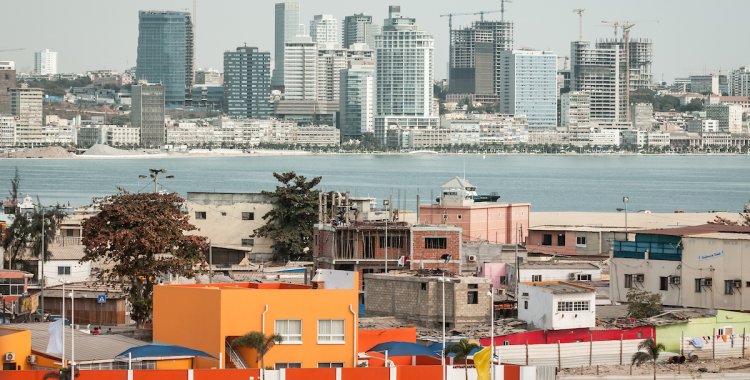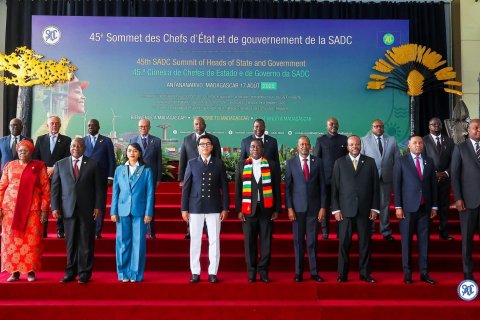"In Angola, growth is expected to accelerate from 0.8 percent in 2023 to 2.8 percent this year, with economic activity being mainly based on the non-oil sector, while oil production is expected to fall to 2.5 percent in 2024 due to lack of investment and the maturation of wells", reads the Pulsar de África report.
In the report released this Monday in Washington, with the title "Fighting inequality to revive growth and reduce poverty in Africa", the office of the chief economist for Africa, Andrew Dabalen, warns that "inflationary pressures are expected to remain in 2024, although they should be reduced at the end of the year".
In the document presented this Monday as part of the Spring Meetings of the World Bank and the International Monetary Fund, from 15 to 20 April, it is stated that Angola's recovery is the fourth fastest, with two percentage points (p.p.) , behind Niger (5.7 p.p.), Senegal (3.4 p.p.) and São Tomé and Príncipe, which increases this year's growth by 2.9 percentage points compared to 2023.
The World Bank report on sub-Saharan Africa points to a widespread weakening of national currencies last year, with Angola, Malawi and South Sudan being the countries in which the national currency performed worst, in a list led by Nigeria, whose naira depreciated by 50 percent against the dollar in 2023.
"The weakening of the naira followed the progressive liberalization of the exchange rate since June", points out in the report, which explains that "in Angola, the central bank's decision to stop defending the currency in a context of prices and Low oil production, and rising debt payments contributed to last year's depreciation", when the kwanza devalued by around 60 percent.
In the region as a whole, the World Bank predicts that sub-Saharan African economies will recover to 3.4 percent this year and 3.8 percent in 2025, driven by private consumption, in a context of lack of liquidity by the region's governments.
"After hitting bottom in 2023, with growth of 2.6 percent, economic growth in sub-Saharan Africa is expected to reach 3.4 percent this year and 3.8 percent in 2025, with the recovery based mainly on increase in private consumption, which benefits from the drop in inflation, boosting families' purchasing power", he stated.
In the report, the office of the chief economist for Africa at the World Bank is also concerned about the high levels of public debt in countries in the region, which makes investment in essential sectors to relaunch economic development difficult.
Although the debt-to-GDP ratio is expected to fall from 61 percent in 2023 to 57 percent this year, the most worrying thing is that even this reduction is not enough to alleviate the public accounts of the region's economies, with half of the African countries "having external liquidity problems, facing unsustainable debt burdens or actively seeking to restructure their debts".
Public debt payments have soared in the region due to commercial financing exposure to loans from governments that do not belong to the Paris Club, the traditional creditor of African countries, but which has lost importance in the face of China's involvement in financial life in Africa.
"External financing is more expensive than it was before the pandemic, despite interest rates having gradually fallen from the peak reached in May 2023", reads the report, which exemplifies that the new 'Eurobonds' (commercial debt in foreign currency) issued by Kenya in February carry an annual interest rate of 9.75 percent, compared to the 6.87 percent required annually by investors in financing that ends this year.







